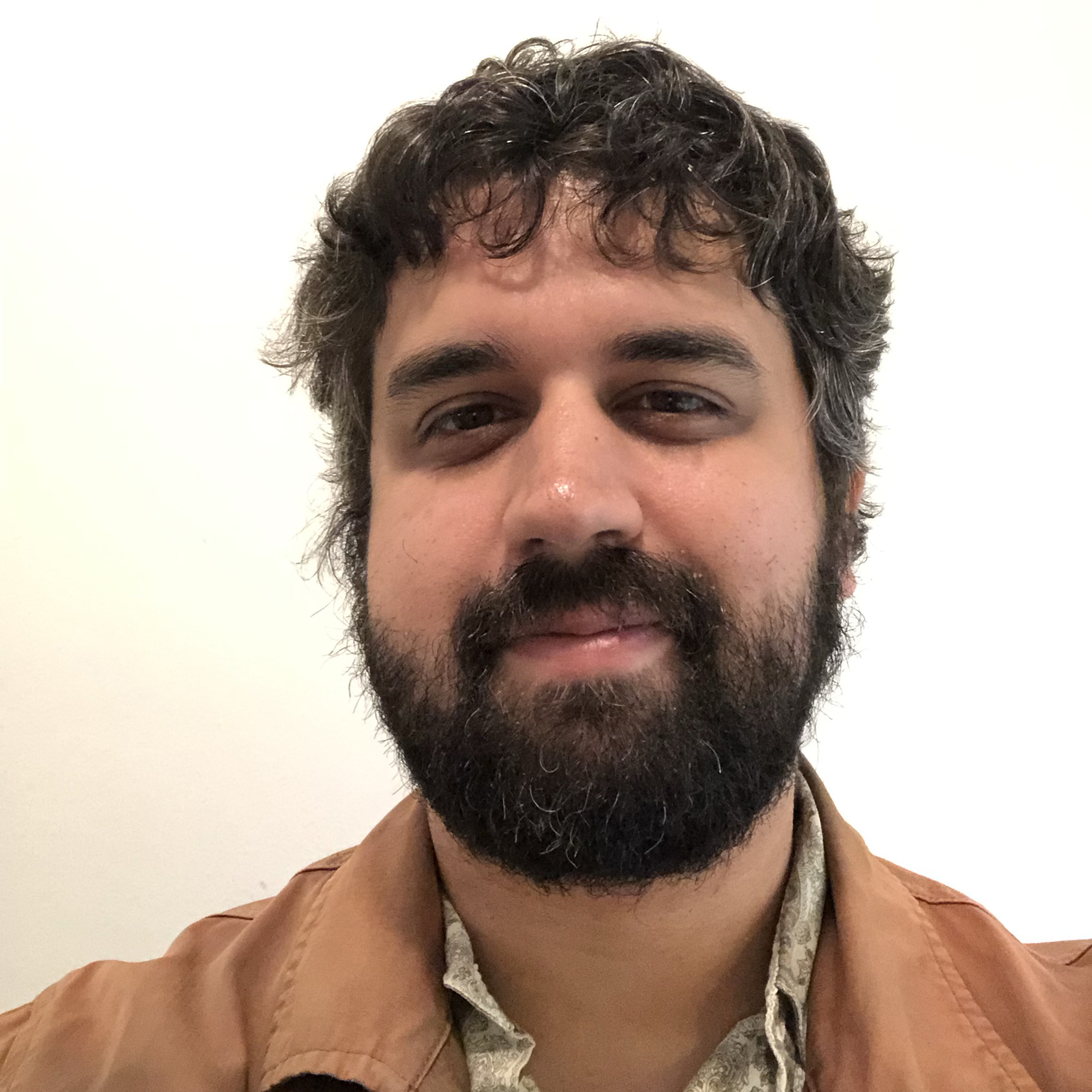Surgeons Get Practice Using Brains Made on 3D Printers

How much practice would you want your brain surgeon to have? Probably a lot — and the more specific that practice is to your particular brain, the better.
Now, by combining models of brains made on 3D printers and images of simulated surgery, faculty at the University of Florida (UF) are making sure their surgeons get just this kind of training.
Researchers at the university have developed a unique "mixed reality" surgery simulator that gives doctors-in-training a chance to perform real surgery techniques on 3D-printed models derived from actual patients' brains and skulls. Researchers create the models by feeding MRI and CT scans taken from previous patients into 3D printers. Simulated skin covers the printed skulls.
Surgeons-in-training can then, for example, insert a needle through a "patient's" cheek, into the appropriate part of the brain while watching the needle's progress on an imaging screen, just as they would with a device called a fluoroscope during a real surgery. The UF team developed software and completed modifications to imaging tools to make this simulated fluoroscopy possible. [15 Odd Things That Can Be 3D Printed]
"We can create a physical model, so the residents learn to put their hands in the right position," said Dr. Frank Bova, head of the university's radiosurgery/biology lab, which produces the training simulators. The simulators help surgeons coordinate their eyes and hands with the images they're watching, he said. "When they get their first patient, they're not learning five different, new skills."
The team is currently creating a comprehensive training curriculum by compiling a library of previous surgery cases to use in 3D models, Bova said. With about 4,500 surgeries done annually, and faculty who have decades of experience, the institute has a large back catalog of cases to choose from. The library should be compiled over the next six to eight months, Bova said.
Their incorporation of 3D-printed models sets Florida’s simulator apart from other training systems, which use either completely virtual simulators or very general, physical models, Bova said. With Florida's system, medical residents experience the real weight and feel of the surgical tools, while working with specific patient anatomies.
Sign up for the Live Science daily newsletter now
Get the world’s most fascinating discoveries delivered straight to your inbox.
"It gives pretty good fidelity to the real process," said Dr. Gregory Murad, a practicing surgeon who helped develop the simulator system. "You get the feel of it, get to hold it in your hands."
In their library of cases, the researchers will compile a spectrum, from simple to advanced brain anatomies and conditions, Bova said. In that way, residents can master the core techniques before moving on to more challenging work.
"You want to get the basic skills down, get the hand-eye coordination, then progress to more complicated cases," he told LiveScience.
In theory, the system could even allow surgeons to prepare for an individual patient's surgery, he said. Doctors could create a 3D model of a patient's brain and skull, then practice on that model before the actual operation. However, the researchers are concentrating instead on building the library for training residents, Bova said. The library will provide cases that are similar to any individual patient a doctor might see, he said.
Traditionally, surgery residents would learn by watching a lot of surgeries, working with some cadavers and slowly being introduced to the actual techniques in real operations. Now, residents can get started operating in the virtual world, instead of merely watching.
"This is a much safer approach," Bova said.
The University of Florida has worked with other organizations interested in using the simulator system, and has brought it to regional "boot camps" to train residents from other clinics. The institute is doing research now to quantify the performance enhancement provided by the simulator.
Follow Michael Dhar @michaeldhar. Follow us @livescience, Facebook& Google+. Original article on LiveScience.

Michael Dhar is a science editor and writer based in Chicago. He has an MS in bioinformatics from NYU Tandon School of Engineering, an MA in English literature from Columbia University and a BA in English from the University of Iowa. He has written about health and science for Live Science, Scientific American, Space.com, The Fix, Earth.com and others and has edited for the American Medical Association and other organizations.









